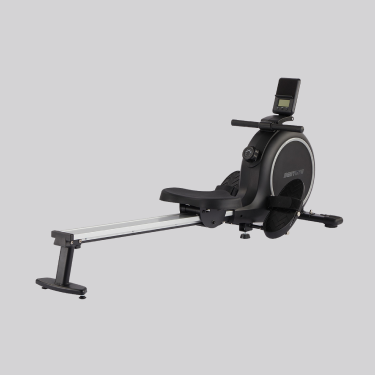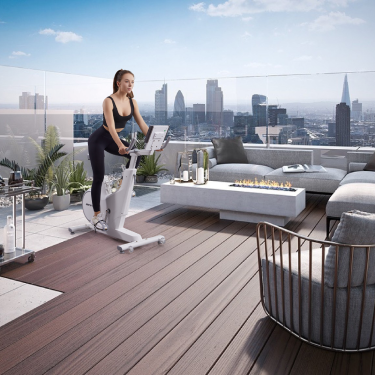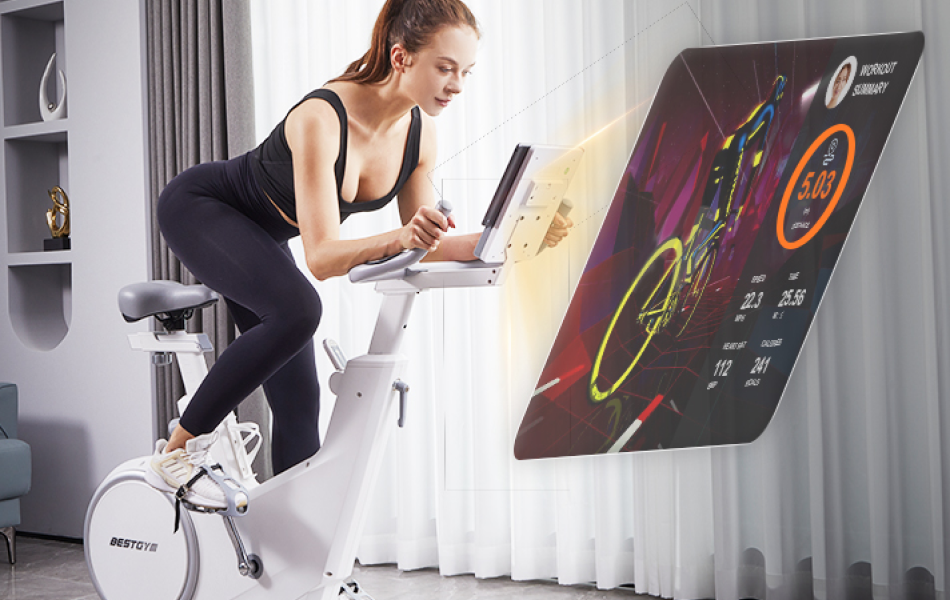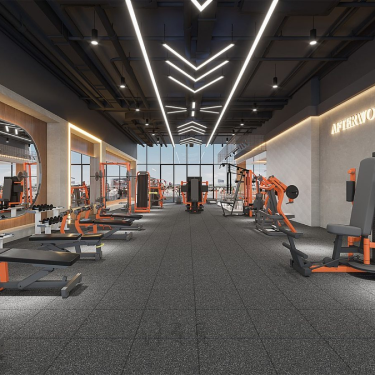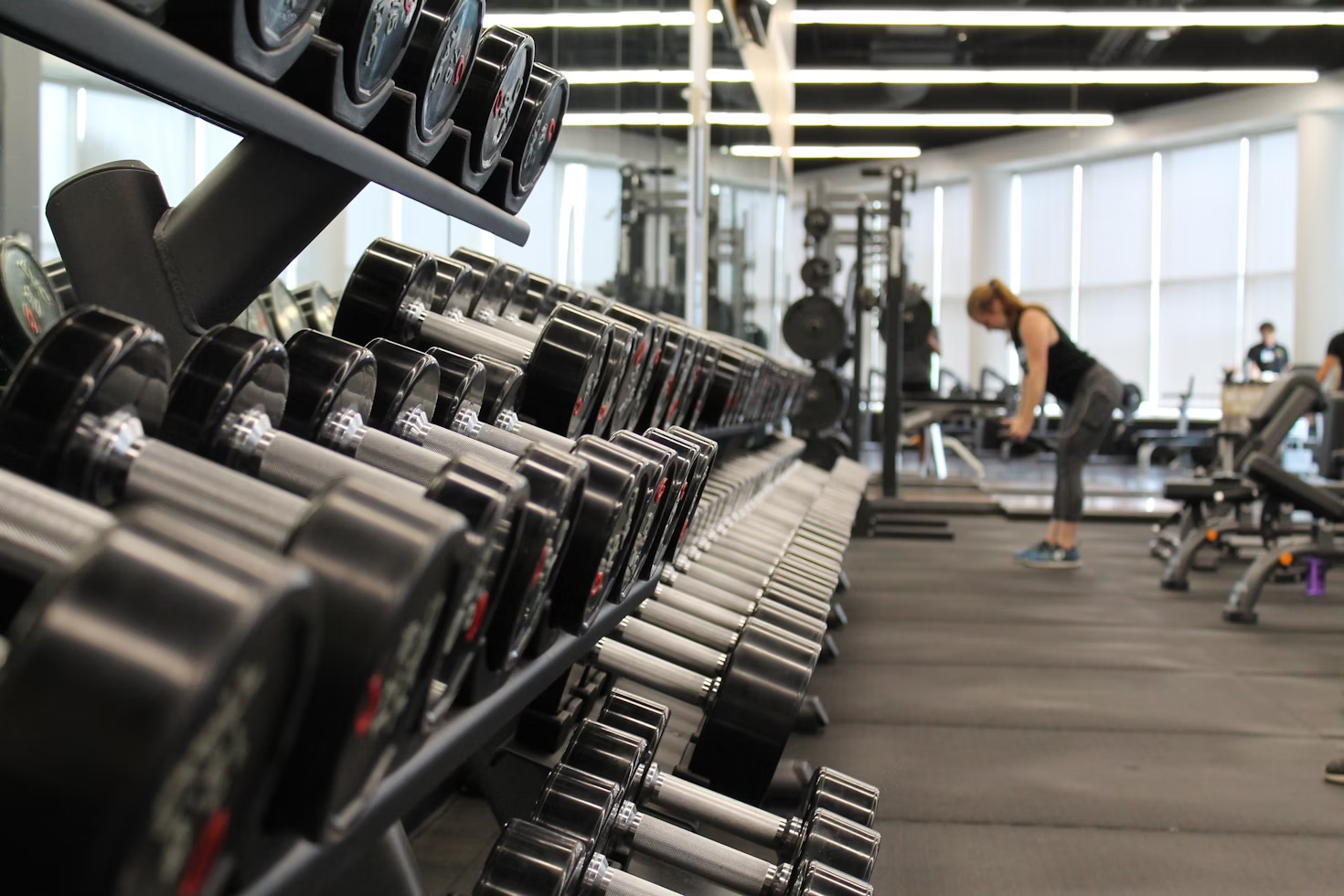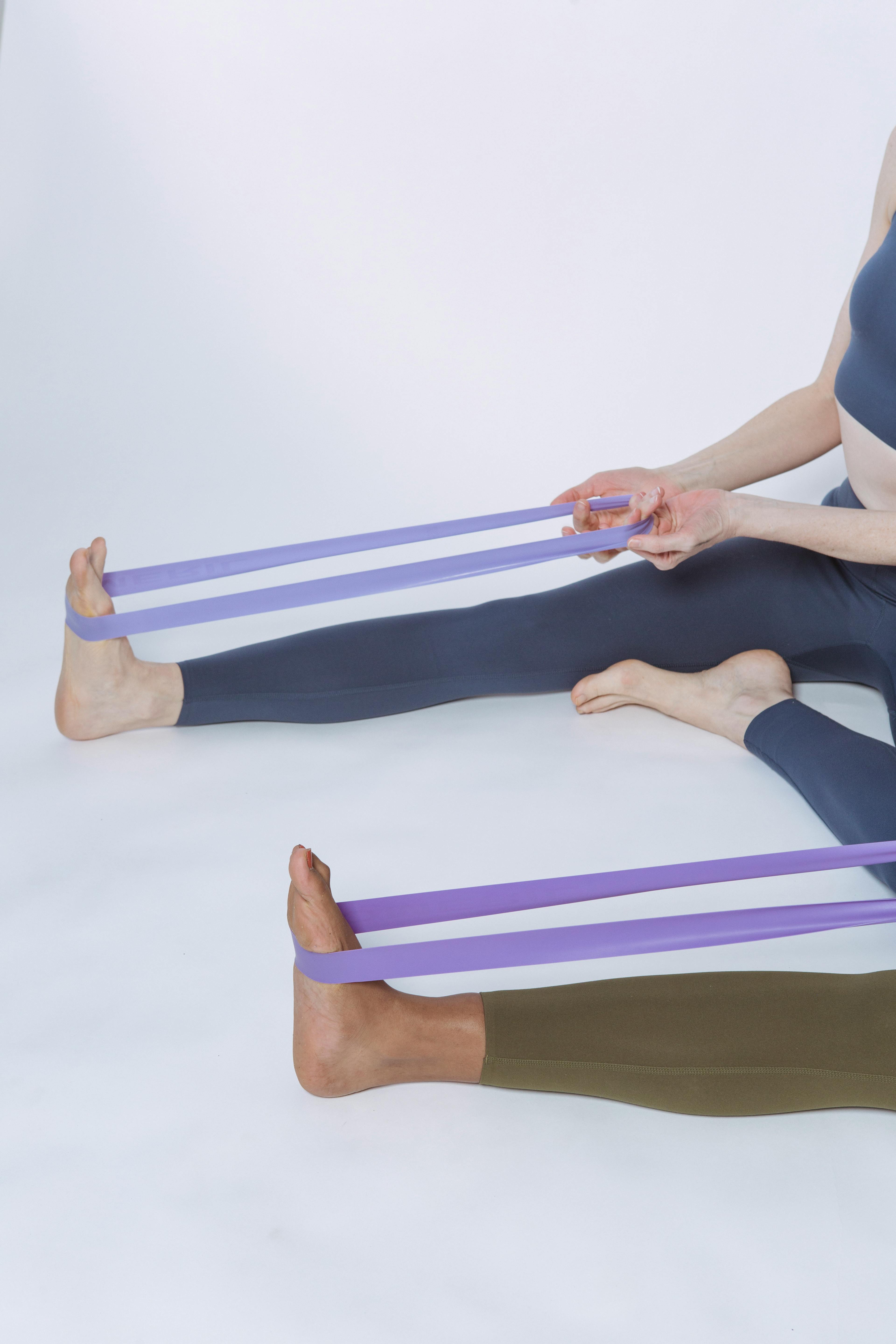Ultimate Guide to Understanding Your Exercise Bike: Diagrams and Functions
Exercise bikes have become an essential part of home and gym fitness routines. Understanding the intricacies of these machines can help you maximize your workout efficiency and maintain the bike for long-term use. This guide will delve into the details of exercise bikes, including diagrams, functions, and key components. Additionally, we'll explore the importance of fitness equipment spare parts suppliers and discuss various types of exercise bikes, such as those that fold up for convenient storage.
Exercise Bike Definition
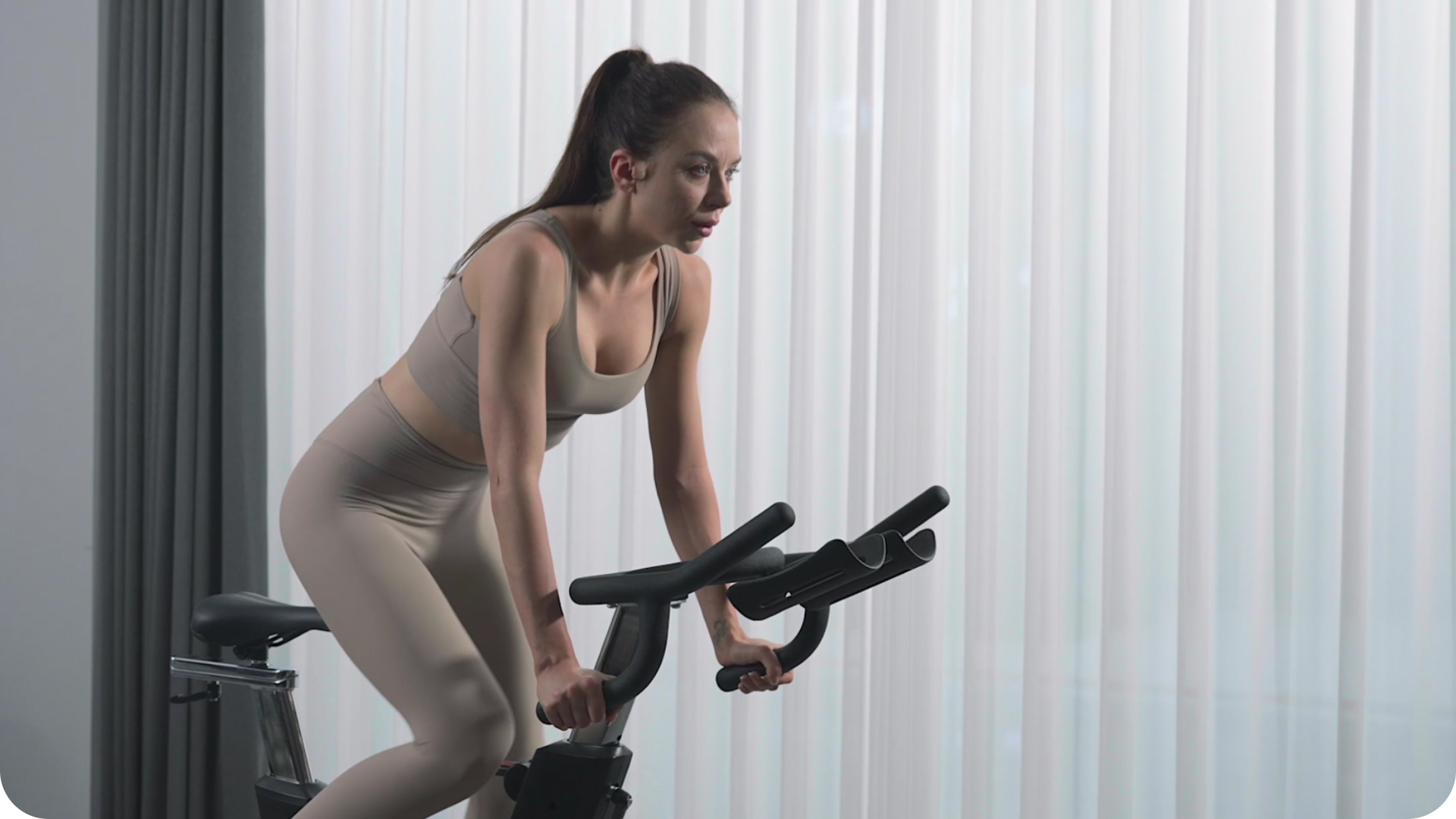
Before diving into the technical aspects, let's start with a clear definition. An exercise bike, also known as a stationary bike or indoor cycle, is a piece of fitness equipment designed to simulate the experience of riding a traditional bicycle, but in a stationary position. This allows users to engage in cycling workouts without the need to navigate through traffic, adverse weather conditions, or uneven terrain. Exercise bikes are a staple in home gyms and fitness centers due to their versatility and effectiveness in providing a comprehensive cardiovascular workout.
Key Features and Functions of Exercise Bikes
1. Aerobic Exercise: Exercise bikes are primarily designed for aerobic or cardiovascular exercise. This type of workout is crucial for improving the efficiency of the heart, lungs, and circulatory system. Regular use of an exercise bike can enhance cardiovascular health by strengthening the heart muscle, lowering blood pressure, and improving cholesterol levels.
2. Calorie Burning: One of the significant benefits of using an exercise bike is its ability to burn calories effectively. Depending on the intensity of the workout and the duration, users can burn a substantial number of calories, which aids in weight loss and overall fitness improvement. For instance, a moderate 30-minute session on an exercise bike can burn between 200-300 calories.
3. Muscle Strengthening: While primarily an aerobic exercise, cycling on an exercise bike also engages various muscle groups. The pedaling motion targets the quadriceps, hamstrings, calves, and glutes, helping to tone and strengthen these muscles. Additionally, when the resistance is increased, it can provide a more intense strength training effect.
4. Low-Impact Workout: Unlike running or other high-impact exercises, cycling on an exercise bike is gentle on the joints. This makes it an excellent option for individuals with joint issues, arthritis, or those recovering from injuries. The smooth, controlled movements reduce the risk of strain and injury, allowing for a safe and effective workout.
5. Convenience and Accessibility: Exercise bikes offer unparalleled convenience. They can be used at any time of the day, regardless of weather conditions, making them a practical choice for maintaining a consistent workout routine. Moreover, their compact size makes them suitable for home use, even in smaller spaces.
Technological Advancements of Modern Exercise Bikes
Modern exercise bikes often come equipped with advanced technological features to enhance the workout experience. These may include:
1. Digital Consoles: Displaying real-time workout metrics such as speed, distance, time, calories burned, and heart rate. Some models also offer interactive displays with virtual trails and workout programs.
2. Connectivity: Many exercise bikes now offer Bluetooth connectivity, allowing users to sync their workouts with fitness apps, track progress over time, and participate in virtual cycling classes.
3. Adjustable Resistance: Advanced models feature magnetic resistance systems that allow for smooth and precise adjustments to the difficulty level, providing a tailored workout experience.
4. Foldable Designs: Some exercise bikes are designed to fold up, making them easy to store when not in use. This is particularly beneficial for users with limited space, ensuring they can enjoy the benefits of an exercise bike without sacrificing living area.
An exercise bike is a versatile, efficient, and user-friendly piece of fitness equipment designed to provide a thorough cardiovascular workout while also promoting muscle strengthening and weight loss. Whether you're a fitness enthusiast or a beginner, incorporating an exercise bike into your routine can significantly contribute to your overall health and well-being.
Components of an Exercise Bike: Understanding the Diagram
To fully understand how an exercise bike operates, it's essential to know its main components. Below is a detailed diagram of a typical exercise bike, followed by explanations of each part. By studying the exercise bike diagram, you can identify and comprehend the function of each component, from the frame and saddle to the pedals and resistance mechanism, ensuring you get the most out of your cycling workouts.
1. Frame
The frame is the backbone of the exercise bike, providing support and stability. It is typically made from durable materials like steel or aluminum to withstand intense workouts.
2. Saddle
The saddle, or seat, is where the user sits. It should be adjustable to accommodate different heights and ensure comfort during long exercise sessions.
3. Handlebars
Handlebars offer support and stability while cycling. They can be adjusted in height and angle to suit the user's preference and enhance ergonomic positioning.
4. Pedals
Pedals are connected to the crank and are where the user's feet are placed. Some exercise bikes come with straps to keep the feet secure during high-intensity workouts.
5. Resistance Mechanism
Examining the exercise bike diagram, you'll notice that the resistance mechanism controls how difficult it is to pedal. There are several types of resistance mechanisms depicted, including magnetic, friction, and air resistance. Adjusting the resistance allows users to simulate different cycling conditions, from flat roads to steep hills, ensuring a versatile and challenging workout.
6. Flywheel
The flywheel is a crucial component that provides a smooth pedaling motion. Its weight and design affect the overall feel of the bike. Heavier flywheels generally offer a more stable and consistent ride.
7. Console
The console displays various workout metrics, such as speed, distance, time, calories burned, and heart rate. Advanced models may include interactive features like virtual trails and workout programs.
8. Drive System
The drive system connects the pedals to the flywheel. It can be either a chain or belt drive. Belt drives are generally quieter and require less maintenance compared to chain drives.
9. Braking System
The braking system is used to stop the flywheel and control resistance. It can be mechanical or electronic, depending on the type of resistance mechanism.
10. Adjustment Knobs
Adjustment knobs allow users to change the saddle height, handlebar position, and resistance levels. Proper adjustment is essential for a comfortable and effective workout.
Types of Exercise Bikes
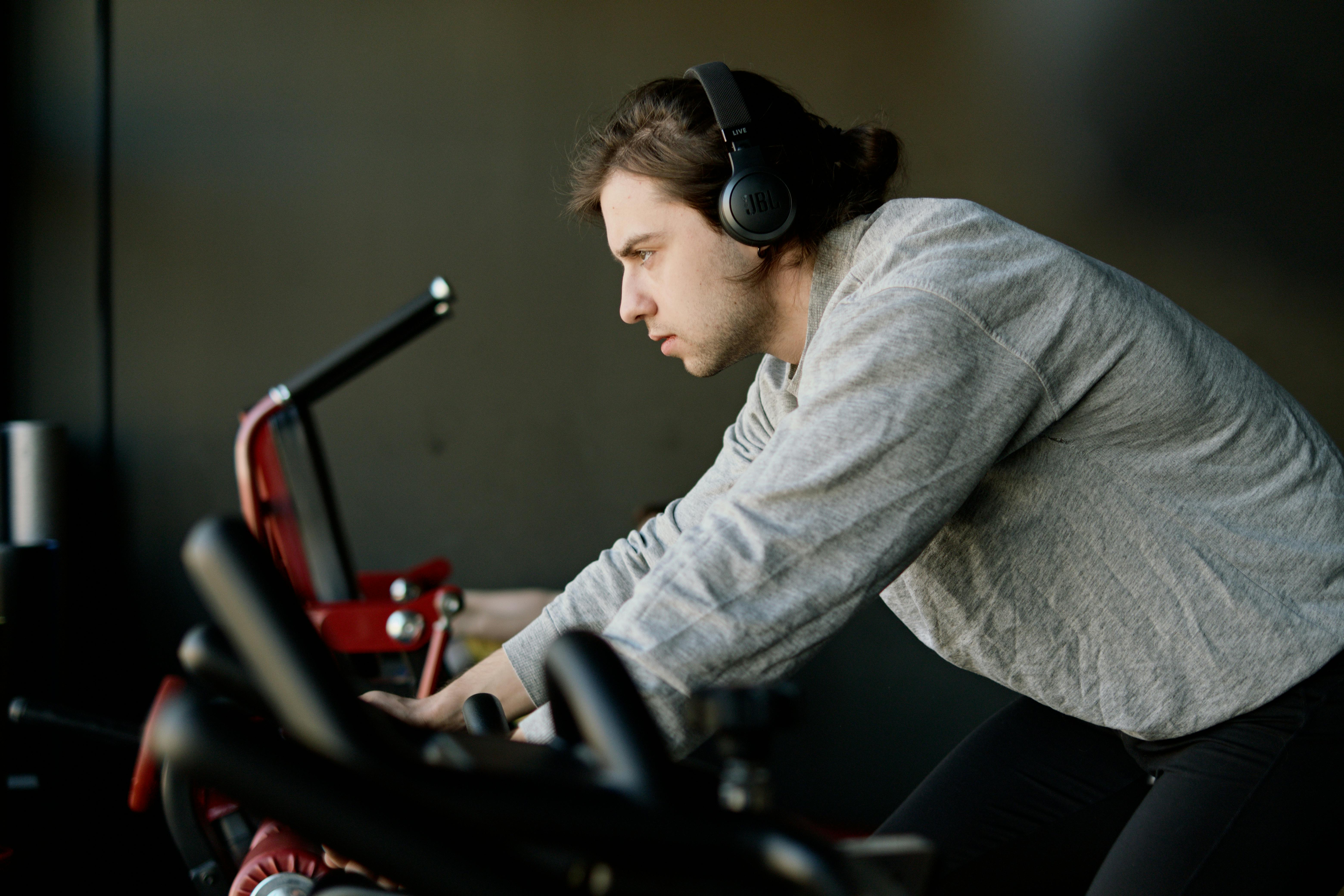
There are several types of exercise bikes, each designed for specific fitness goals and user preferences. Understanding the differences can help you choose the right bike for your needs.
1. Upright Exercise Bikes
Upright exercise bicycle are the most common type and resemble traditional outdoor bicycles. They are ideal for cardiovascular workouts and can be used for both seated and standing exercises.
2. Recumbent Exercise Bikes
Recumbent bikes have a reclined seating position, providing better back support and comfort. They are suitable for individuals with back issues or those seeking a more relaxed workout. If you're looking for a more comfortable option for your workout routine, visit BESTGYM recumbent bike store to explore a variety of models designed for better back support and enhanced comfort.
3. Spin Bikes
Spin bikes are designed for high-intensity workouts and closely mimic the experience of outdoor cycling. They often have a heavy flywheel and minimal features, focusing on performance and durability. When researching the best indoor cycling options, it's important to understand the different types of spin bikes available, each offering unique features tailored to various fitness levels and workout preferences.
4. Folding Exercise Bikes
Exercise bike that folds up are compact and can be easily stored when not in use. They are ideal for individuals with limited space or those who need a portable fitness solution. Despite their smaller size, they still offer a range of resistance levels and workout options. For those with limited space but seeking an effective workout solution, BESTGYM foldable magnetic exercise bike BGB115 is an excellent choice, as it combines the convenience of easy storage with the smooth, adjustable resistance provided by magnetic mechanisms.
Fitness Equipment Spare Parts Suppliers
Maintaining an exercise bike requires access to quality spare parts. Fitness equipment spare parts suppliers play a crucial role in ensuring your bike remains in top condition. Here are some key points to consider when choosing a supplier:
1. Product Range
A good fitness equipment spare parts supplier should offer a wide range of spare parts, including pedals, saddles, resistance mechanisms, flywheels, and electronic components. This variety ensures you can find the specific parts needed for your bike.
2. Quality and Compatibility
Spare parts should be of high quality and compatible with your exercise bike model. Reputable suppliers provide detailed product descriptions and compatibility information to help you make informed decisions.
3. Availability and Shipping
Check the availability of spare parts and the supplier's shipping policies when considering industrial workout equipment. Quick and reliable shipping ensures you can get your bike back in working order without long delays, minimizing downtime and maximizing productivity in your fitness facility.
4. Customer Support
Good customer support is essential for resolving issues and answering questions about spare parts. Look for fitness equipment spare parts suppliers with responsive and knowledgeable customer service teams.
5. Warranty and Return Policy
Suppliers should offer warranties on their products and a fair return policy. This protection gives you peace of mind and ensures you can return or exchange faulty parts if necessary.
Maintenance Tips for Your Exercise Bike
Regular maintenance can extend the lifespan of your exercise bike and ensure a smooth workout experience, making it a wise investment after you buy an exercise cycle. Here are some essential maintenance tips:
1. Clean Your Bike Regularly
Sweat and dust can accumulate on your bike, leading to corrosion and wear. Wipe down the frame, handlebars, and console after each use. Use a mild cleaning solution and a soft cloth to avoid damaging the components.
2. Inspect Moving Parts
When maintaining your exercise bike that folds up, check the pedals, crank, and flywheel for signs of wear or damage. Tighten any loose bolts and ensure the drive system operates smoothly. Lubricate moving parts as recommended by the manufacturer.
3. Check the Resistance Mechanism
Ensure the resistance mechanism is functioning correctly. For friction-based systems, inspect the brake pads for wear and replace them if necessary. For magnetic systems, check the magnets and adjust them if needed.
4. Monitor the Console
Regularly check the console for accurate readings. Replace the batteries if the display is dim or unresponsive. For advanced consoles, update the software as required.
5. Adjust and Align
Periodically adjust the saddle, handlebars, and pedals to maintain proper alignment. Misaligned components can cause discomfort and reduce the effectiveness of your workout.
Benefits of Using an Exercise Bike
Using an exercise bike offers numerous health benefits, making it a popular choice for fitness enthusiasts. Here are some key advantages:
1. Cardiovascular Health
Cycling on an exercise bike is an excellent cardiovascular workout. It helps improve heart health, increases lung capacity, and boosts overall endurance.
2. Weight Loss
Regular use of an exercise bike can aid in weight loss by burning calories and increasing metabolism. Combining cycling with a balanced diet can help you achieve and maintain a healthy weight.
3. Muscle Strengthening
Cycling targets various muscle groups, including the legs, glutes, and core. It helps build strength and tone muscles without putting excessive strain on joints.
4. Low-Impact Exercise
Exercise bikes provide a low-impact workout, making them suitable for individuals with joint issues or those recovering from injuries. The smooth pedaling motion reduces the risk of strain and injury.
5. Convenience and Accessibility
Exercise bikes can be used at any time, regardless of weather conditions. They are accessible to individuals of all fitness levels and can be easily integrated into a home workout routine.
Choosing the Right Exercise Bike: Step-to-Step Guide
Selecting the right exercise bike involves considering several factors to match your fitness goals and preferences. Here are some tips to help you make an informed decision:
1. Assess Your Fitness Goals
Determine your primary fitness goals, whether it's weight loss, cardiovascular improvement, or muscle strengthening. Different types of exercise bikes cater to specific needs.
2. Consider Space and Storage
Evaluate the available space in your home or gym. If space is limited, consider an exercise bike that folds up, as it can be easily stored when not in use.
3. Evaluate Features
Look for features that enhance your workout experience, such as adjustable resistance levels, interactive consoles, and ergonomic design. Advanced features like heart rate monitors and pre-set workout programs can add value.
4. Test for Comfort
Comfort is crucial for prolonged use. Test the saddle, handlebars, and pedals for comfort and adjustability. Ensure the bike can be tailored to your body dimensions.
5. Check Reviews and Ratings
Read reviews and ratings from other users to gain insights into the bike's performance, durability, and customer satisfaction. Look for feedback on the bike's build quality and ease of use.
How to Adjust the Seat Height on Your Exercise Bike According to Exercise Bike Diagram
To adjust the seat height on your exercise bike:
- Locate the seat adjustment lever or knob, usually found below the seat post.
- Loosen the lever or knob by turning it counterclockwise.
- Slide the seat post up or down to the desired height. Ensure that the seat is level with your hips when standing next to the bike.
- Tighten the lever or knob by turning it clockwise until the seat is securely in place.
- Test the seat height by sitting on the bike and ensuring your knees have a slight bend at the bottom of the pedal stroke
How to Change the Resistance Level on Your Exercise Bike: A Guide with Exercise Bike Diagram
To change the resistance level on your exercise bike, follow these steps, referring to the exercise bike diagram for guidance:
-
Locate the Resistance Control: According to the diagram, the resistance control knob or digital interface is typically found on the front of the bike, near the handlebars (refer to section labeled "Resistance Control" in the diagram).
-
Adjusting Manual Resistance:
- Turn the resistance knob clockwise to increase the resistance.
- Turn the resistance knob counterclockwise to decrease the resistance.
- The diagram shows the exact location and direction for turning the knob.
-
Adjusting Digital Resistance:
- Use the up or down buttons on the digital interface to adjust the resistance level.
- The diagram indicates the position of these buttons and how they interface with the bike’s resistance system.
-
Testing the Resistance:
- Begin pedaling to feel the change in resistance.
- Adjust the resistance control as needed to match your desired workout intensity.
Understanding the components and functions of an exercise bike is essential for optimizing your workouts and maintaining the equipment. Whether you're using a standard upright bike, a recumbent model, a spin bike, or an exercise bike that folds up, knowing how each part works will enhance your exercise experience. Additionally, sourcing spare parts from reliable fitness equipment suppliers ensures your bike remains in top condition for years to come.
By following regular maintenance practices and choosing the right bike for your needs, you can enjoy the numerous health benefits of indoor cycling. This comprehensive guide has provided you with the knowledge to make informed decisions and maximize the effectiveness of your exercise bike workouts. So, gear up, start pedaling, and take your fitness journey to the next level!


